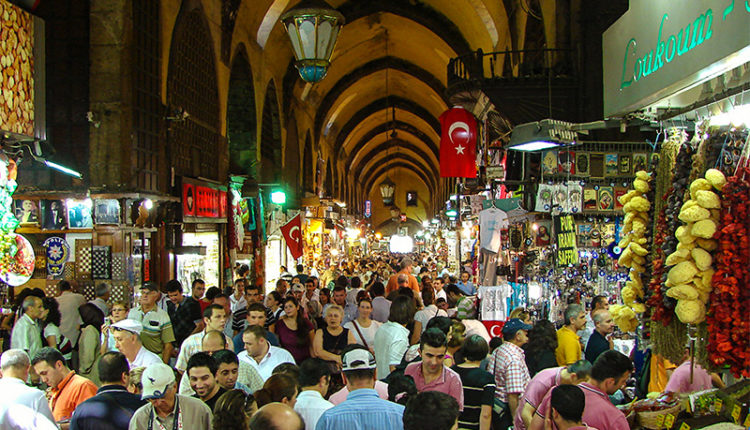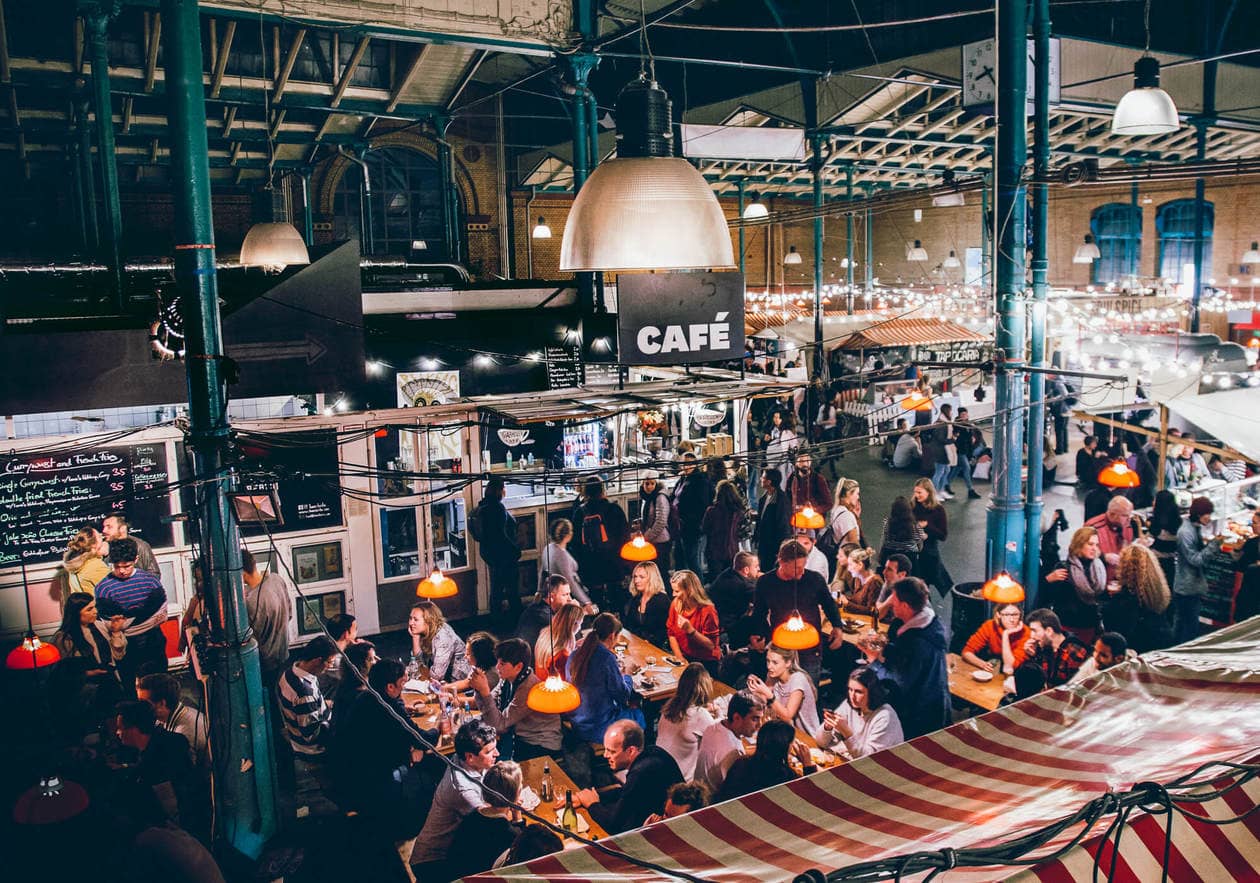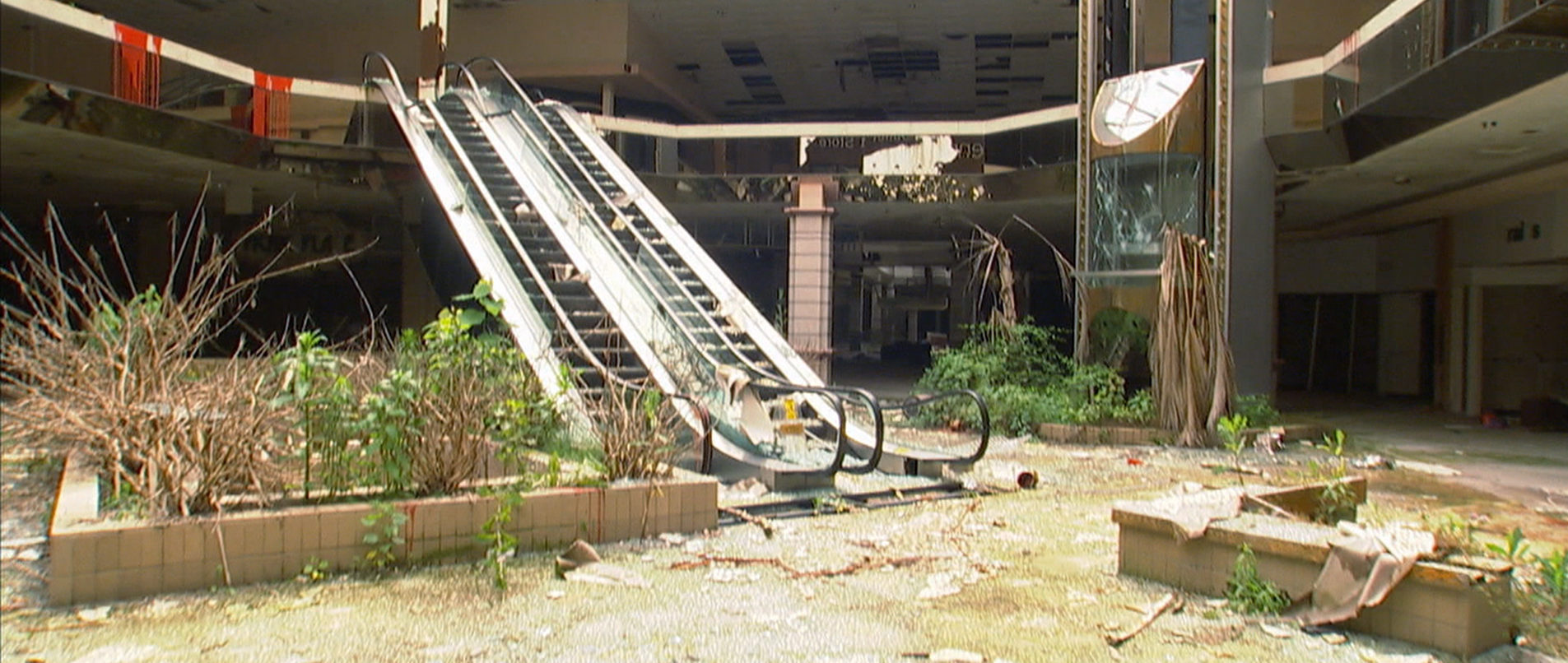Retail’s Not Dead Yet. The New World of Experience Retail.
A Predictable Future of Empty Malls
With the closing of malls, the empty retail spaces in all kinds of neighborhoods a lot of real estate and retail experts are freaking out. The term “retail apocalypse” has been used. But the reality, like all changes in economic behavior and technology, the world has been constantly going through retail evolution. The fact that malls are closing is significant but it really is speaking to how the world of shopping has become more efficient and more practical. Consumers now have more choices in more ways than ever so the relevance stores as changed depending on what your shopping for.
What really matters to consumers is the retail experience and what people are willing to shop for. If most of what’s in a conventional American mall is predictable and can be purchased online why should anyone go to the mall?
The Magic of the Market Bazaar

The 500-year-old Istanbul Grand Bazaar
A thousand years ago ever urban center from a village of 200 to small towns of 2,000 had a market, a place that may have come together on a monthly or seasonal basis or maybe the place was big enough to support a market year round. This market was the center of trade, goods, services, information exchange, entertainment, and community. People came to get stuff but what they really got was experiences. Music performances, theatre, and ballet all evolved from small markets in urban centers.
Over time these became downtowns, high streets the shopping street in a Brooklyn neighborhood. With the car and mobility came rapid decentralizing and specialization of everything because American consumers could instantly choose where they wanted to go. The housing subdivision here, the shopping mall there. Destination shopping was determined by the car. Mini-malls to regional malls all connected by freeways and consumer choice. Now we’re entering the third phase of shopping, why go someplace to get something when you can easily navigate your desktop computer or handheld phone that “travels” instantly to whatever store you want? Just order it and comes right to where you live. This is actually way more efficient and environmentally far less impact. No driving on freeways, no giant congested parking lots, no gas guzzling cars surrounding the mall. Now many sit empty as the shoppers go online.
The Next Retail: Connection, Experience, and Convenience

Berlin/s Kreuzberg’s Markethalle Neun
So, what about the future of actual retail stores? Places we go? what’s going to happen? Stores are NOT going away particularly in urban centers where people live, work, play. There’s always a need for gathering places, shopping that’s immediate or accidental and for the one key ingredient that goes back to ancient times – the market place. The often busy, bustling place with lots of unpredictability going on. Yes, there will be no Sears probably no Macy’s but you may have everything from a Daiso Japanese dollar store to al local craft brewer or coffee house and an excellent used clothing store that’s locally owned with a fantastic corner bodega market crammed with everything you forgot to by at the big grocery retailer.
The Basics of New Retail
1 – Walk-ability and Flexibility
New retail needs to be a curated experience with a mixture of key anchors and many vendors that change rotate and in some cases only come occasionally. Having a master lease tenant and shfiting what happens daily and weekly invites visitors to check out what’s new.
2 – Not a Predictable Chain Store Environment
Have some key, well-known vendors provide some sense of brand awareness and positioning but leave room for local businesses and craft business that are unique to the area and the community.
3 – Have the Retail be More about Shared Experience
With a market hall curated environment, you can provide reasons for kids to love coming along with adults. This sense of sharing an experience with different interests draws families, communities, and friends together.
Now cities and retail chains both have to adapt to the new realities of retail and make space for the changing experience-based marketing we all crave.
